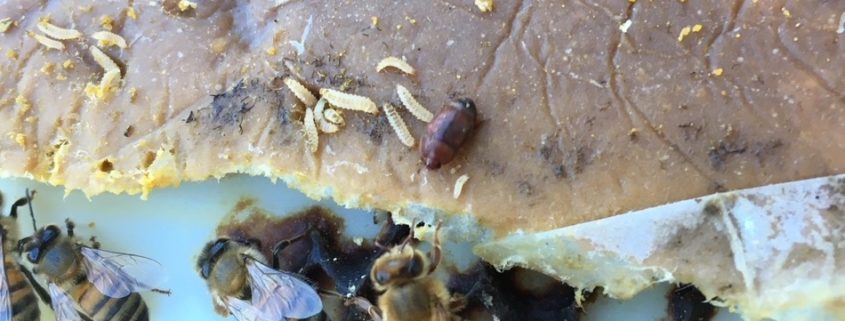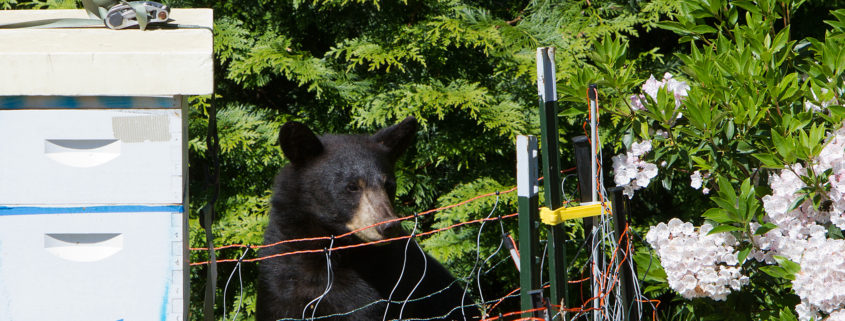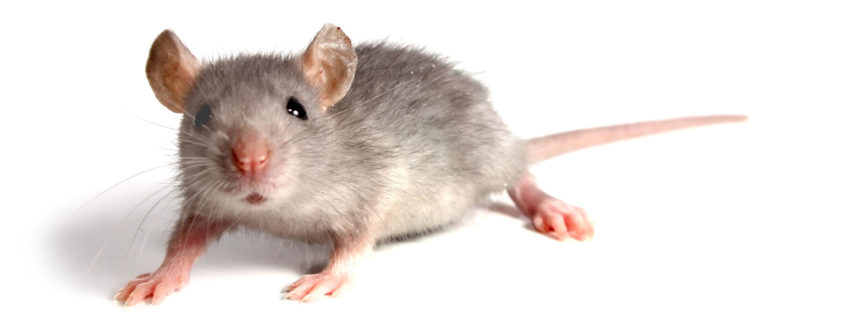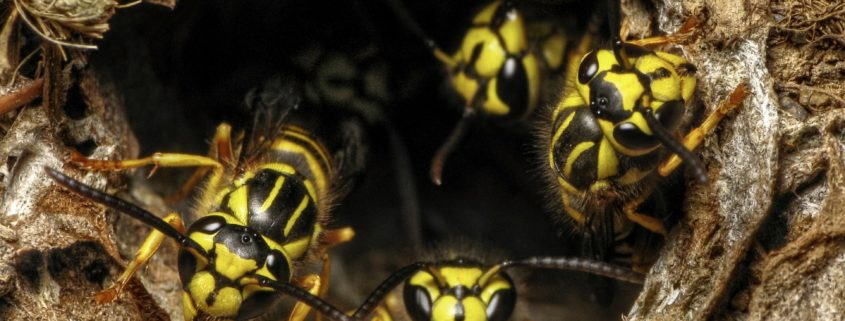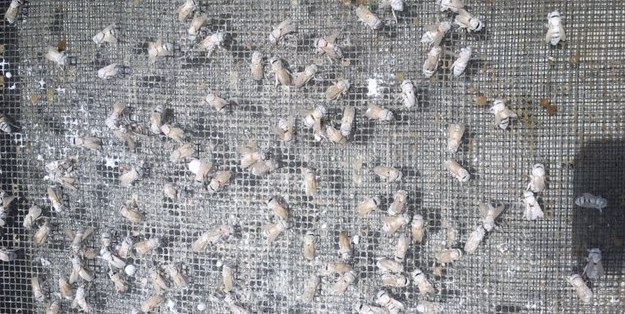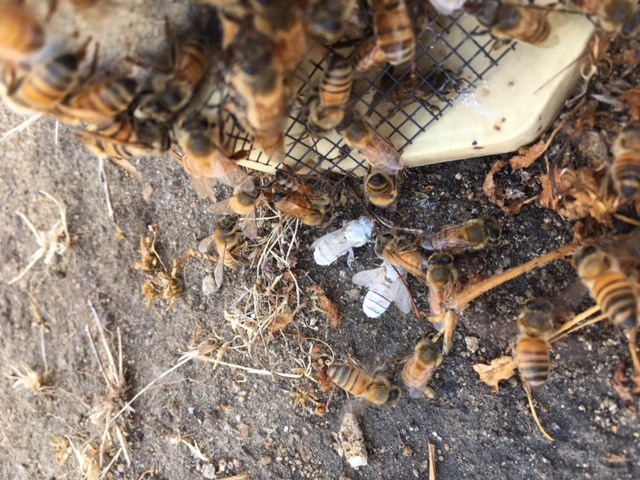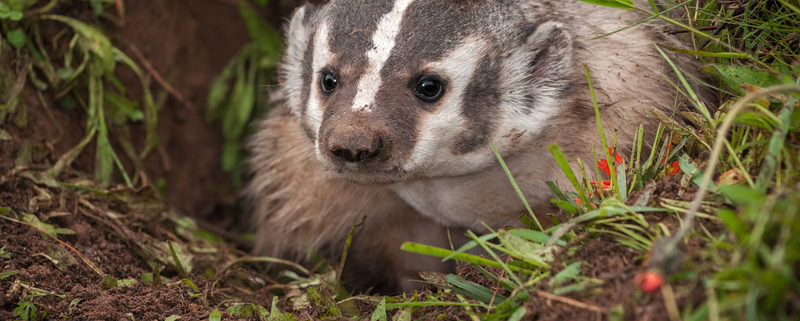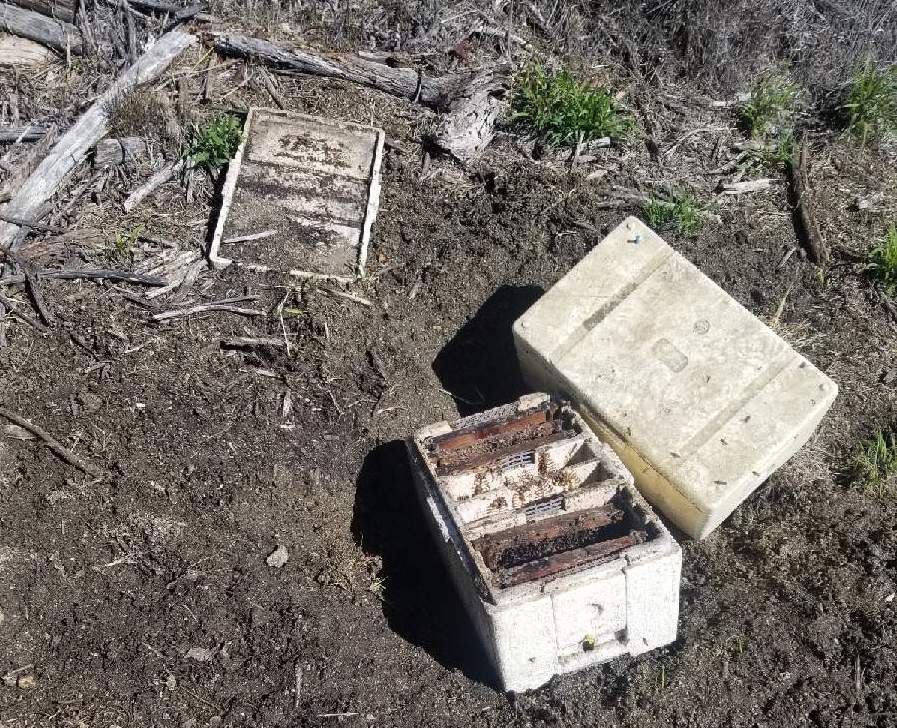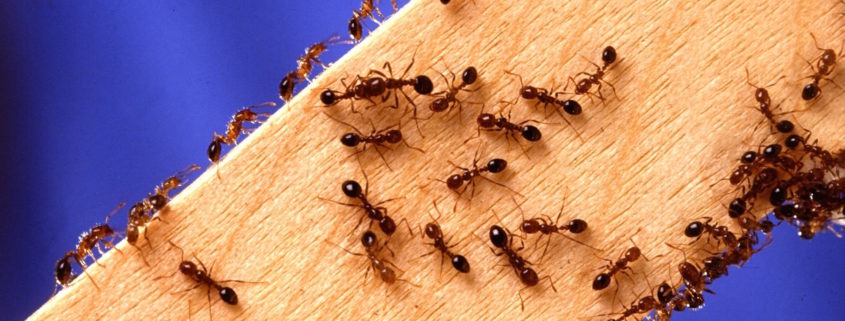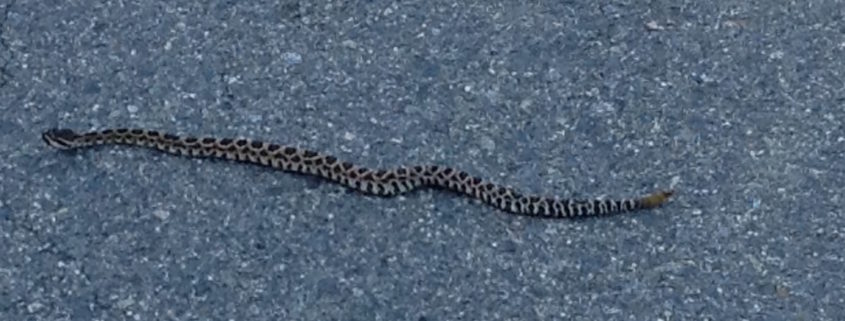Small Hive Beetles
In the world of beekeeping, there seems to be no end to pests and adversity for both bees and beekeepers alike. Here at Wildflower Meadows, it seems to us that exotic pests and parasites really took hold in American beekeeping sometime during the late 1990s and early 2000s. First came tracheal mites, then varroa mites, then African Bees. Subsequently, at some point came colony collapse and along with it a multitude of exotic viruses that practically no one had heard of before – and virtually few still understand today.
In the midst of all this, it can be easy to forget about the small hive beetle, which arrived roughly around the same time. The small hive beetle, also known as the Aethina tumida, was first found in South Carolina in 1996 – though, it’s thought to originate from Southern Africa. A few years later, scientists discovered this new pest in Florida, where the beetles are believed to be responsible for killing thousands of honey bee colonies. Although it’s unclear exactly how the beetle made it to the United States (though public transport may be to blame), we do know that it has wreaked havoc ever since.
Beekeepers often see adult small hive beetles around the lid or bottom boards of colonies. The adult hive beetles themselves are not much of a problem to beehives – they are really more of a nuisance. While adult small hive beetles can be easily spotted by beekeepers and controlled by strong beehives, their disgusting larvae are actually much more dangerous and troublesome.
Adult beetles lay their eggs in the small cracks and gaps of a beehive. When the subsequent larvae emerge, they track through the hive, eating honey, pollen, and pollen substitutes. As they burrow through the comb they defecate in the hive, which destroys and ferments honey. This fermented honey becomes foamy and takes on the odor of rotten citrus fruit, often leaking from the comb and creating a horrible mess.
Many commercial beekeepers have come to refer to this revolting damage simply as “slime.” This mess can happen inside the hive or in the beekeeper’s stored equipment. The potential damage of the small hive beetle larvae to the beekeeper is three-fold – loss of comb, loss of honey, and potentially loss of bees.
Not all beehives suffer from the presence of small hive beetles however. Much of the time, strong colonies can control and corral the adult small hive beetles and limit their population inside the hive, thus limiting their egg-laying and subsequent larvae damage. It is the weaker and less populous colonies that generally suffer from the small hive beetle.
Since these weaker colonies don’t have the strength of numbers to control the adult beetle population, they suffer the effects of too many larvae. Conditions inside these hives can sometimes deteriorate past the point of no return, creating too much damage and fermented honey. This can cause the bees in the hive to abscond, leaving nothing but a slimy mess inside the equipment.
At Wildflower Meadows, we first started noticing the occasional small hive beetle around 2012. However, small hive beetles have never really gained a foothold in most areas of California, including ours – thankfully. Around here, small hive beetles sometimes appear for a month or two during the wet season, never causing damage, then disappear for months, or sometimes years at a time. If the small hive beetle has a vulnerability, it is that the larvae eventually must leave the hive to burrow in the ground and pupate. Here in California our ground is generally dry and hard for a long portion of the year, and the hive beetle larvae can’t flourish under these conditions. Thank goodness for our long, hot, and dry spells – no one here is complaining!

